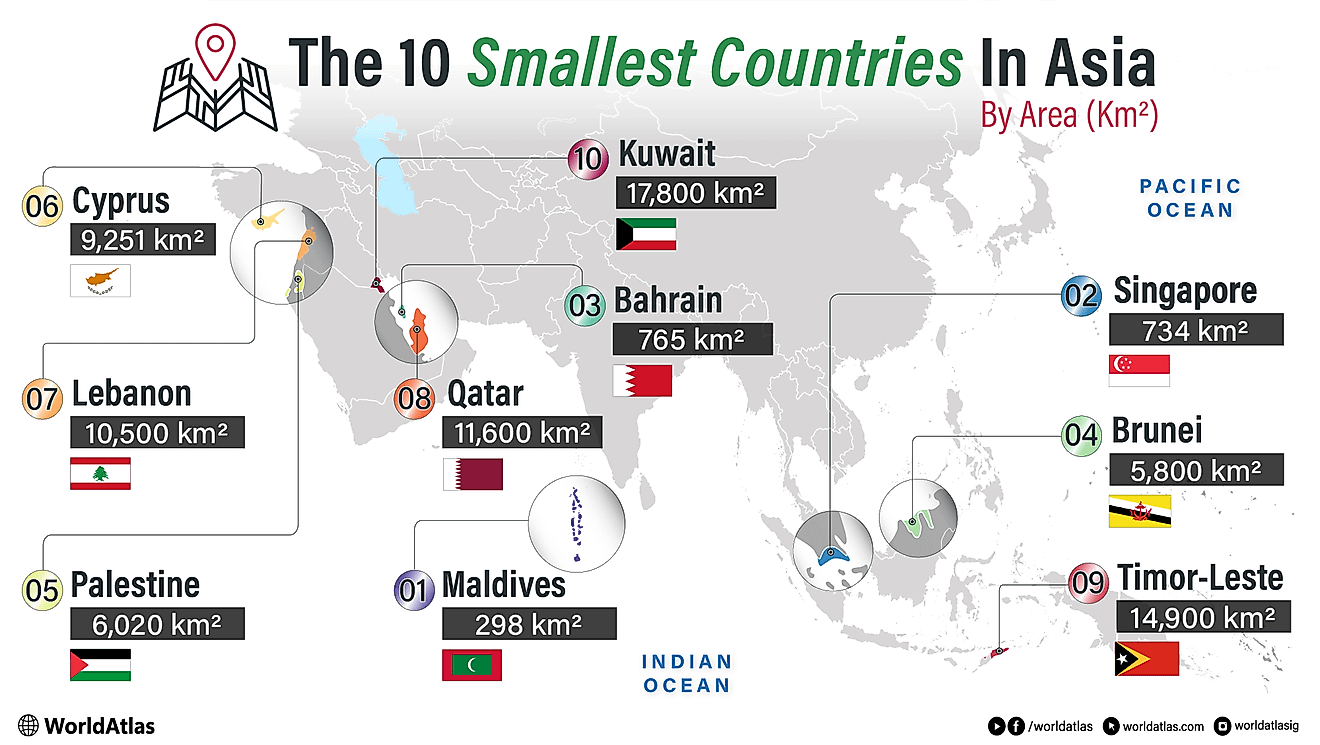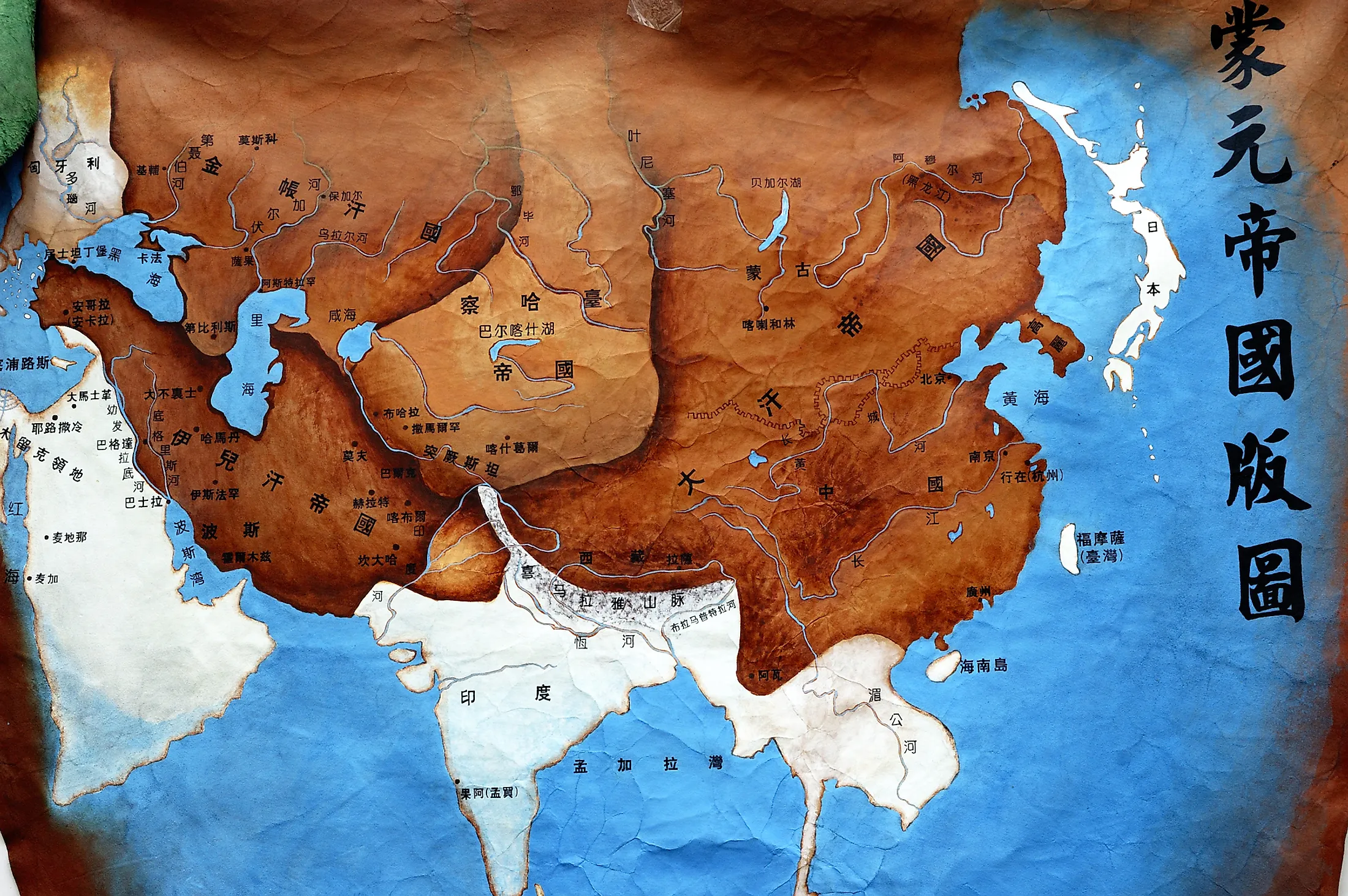
Yuan Dynasty
The Yuan Dynasty, also known as the Mongol Dynasty, ruled China between 1271 CE and 1368 CE. It was created when the Mongols invaded and conquered China. It ushered in a new period in which the Mongols ruled China rather than the Chinese themselves. The Mongols named their new dynasty the Yuan Dynasty and created a government and class system that marginalized non-Mongols. The Yuan Dynasty controlled most of present-day China and Mongolia, part of present-day North Korea, and a large part of Eastern Siberia. By the early 14th century, the dynasty began to decline. Finally, in 1368, a rebellion by the native Chinese overthrew the Yuan Dynasty and established the Ming Dynasty.
Birth Of The Yuan Dynasty
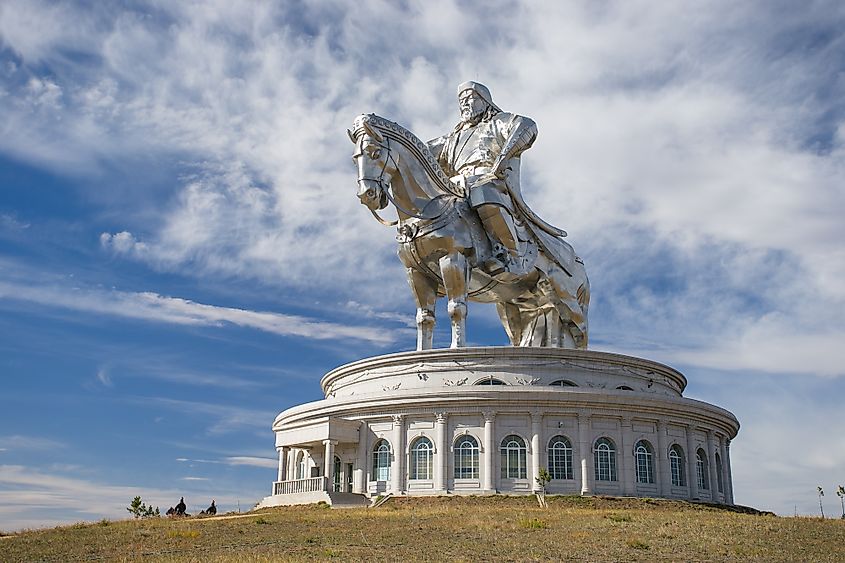
The origins of the Yuan Dynasty go back to the birth of the empire that created it: The Mongol Empire. In 1206 CE, Genghis Khan united all the Mongol tribes in the steppe lands north of China under his rule. Five years later, he began encroaching on territory in northern China, which was under the rule of the Jin Dynasty at the time. In 1215, Mongol forces conquered the Jin capital of Yanjing, which is now Beijing, the capital of present-day China. Over the next six years, the Mongols continued to expand their territory in Northern China. When they had finally conquered China's north, they set their sights on Southern China, which was under the rule of the Song Dynasty. In 1260, Kublai Khan became the Great Khan of the Mongol Empire. He would complete the conquest of the rest of China, with the final defeat of the Song Dynasty in 1270. It was the first time since the 9th century that China had been brought under the control of one ruling dynasty.
Consolidating The Yuan Dynasty
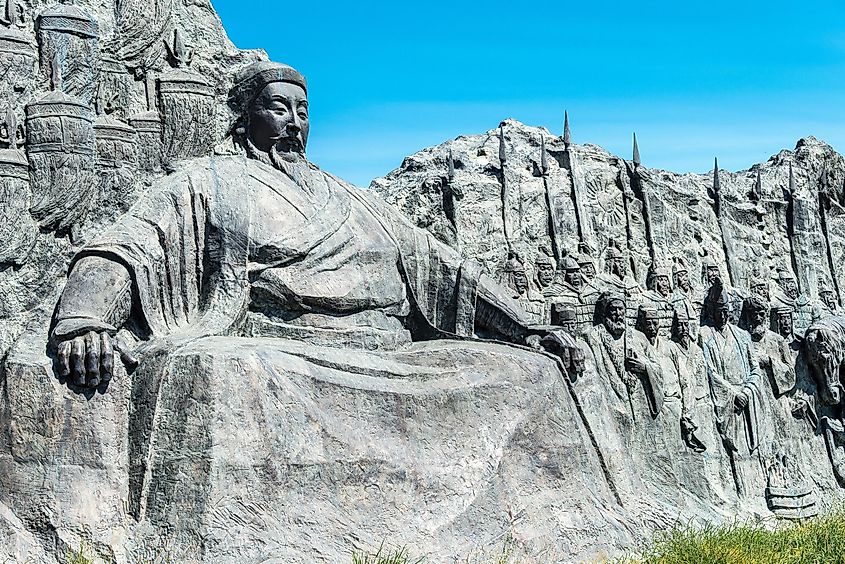
After completing the conquest of China, Kublai Khan proclaimed himself as the country's emperor. He gave himself the title "Shizu," and in 1271, called the name of his new dynasty the Yuan Dynasty, the word "Yuan" meaning "origin," "center," or "main pivot." The Mongols began their rule of China by adopting some Chinese customs to appeal to their Chinese subjects. Kublai Khan surrounded himself with Confucian advisors, dressed up in traditional Chinese emperor's robes, and traveled in a sedan chair. Despite the appearance of Chinese control, however, the real power in China was firmly in the hands of the Mongols. Thus, the Mongols were appointed to the key administrative positions. A Mongol police force, known as the tutqaul, was charged with keeping China's roads free of bandits. Western Asians were often given roles in the financial side of government, such as finance ministers and tax inspectors.
The new, Mongol-led Yuan Dynasty also established a new social class system designed to ensure the superiority of the Mongols vis-à-vis the Chinese and others in the country. Four distinct ranks were assigned to the people of China, based on their perceived loyalty to the Yuan Dynasty. Mongols were, of course, at the top of this hierarchy, followed by the Semu, who were people from Central Asia and/or speakers of Turkic languages; the Hanren, who consisted of northern Chinese, Tibetans, Khiten, Jurchen, plus some others; and, at the bottom of the hierarchy, the Nanren, who were the southern Chinese people formerly ruled by the Song Dynasty. Being a member of one of these classes determined how a person was taxed, their treatment by the judicial system, their eligibility for administrative positions, and punishments administered for criminal offenses. Additional restrictions were designed to segregate Mongols from the rest of the population. For example, the Chinese were forbidden from carrying weapons. They could not wear Mongol clothes, learn the Mongol language, or take Mongol names. Despite this strict class system, the Yuan Dynasty allowed the Chinese to practice their religions and observe their cultural traditions as they pleased, provided that they did not pose a threat to the state.
Foreign Policy, Trade, And Cultural Achievements
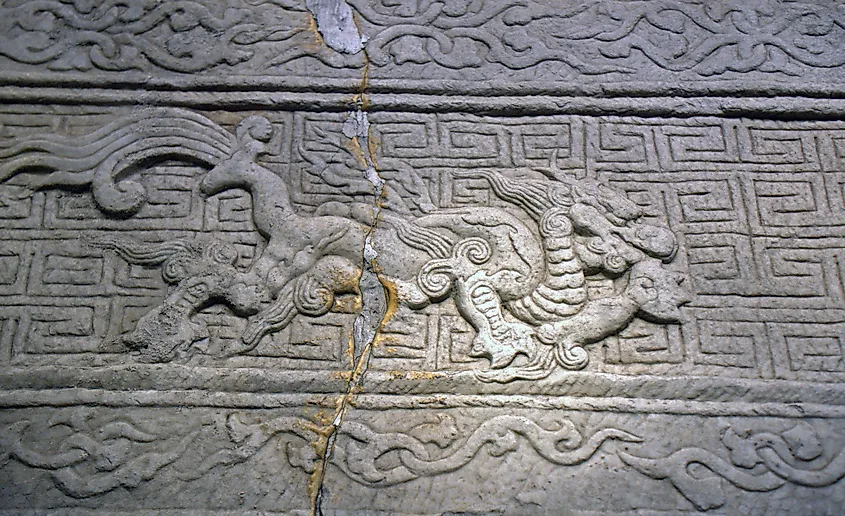
During his reign as China's emperor, Kublai Khan sought to re-establish China's old tributary system, which was neglected during the latter part of the Song Dynasty's rule. Under this system, states had to pay symbolic and material tributes to China's position as the dominant power at the center of the world, hence the term "Middle Kingdom." Re-establishing this tributary system was meant to legitimize the Yuan Dynasty's rule, bring in useful material goods, and help expand international trade.
Further conquests were also on the mind of Kublai Khan and his successors. They hoped that by waging campaigns against China's neighbors, they could persuade these neighboring states to pay tribute to China. Thus, the Yuan Dynasty tried twice to invade Japan, first in 1274 and in 1281, but was ultimately unsuccessful. The dynasty's attempts to conquer territory in Southeast Asia were also largely rebuffed.
The Yuan Dynasty was much more successful in promoting international trade, artisanship, and craftsmanship. For example, merchants, artisans, and craftsmen were given favorable treatment in taxation matters, plus other financial incentives. These policies contributed to a boom in the trading of porcelain and silk. The Yuan Dynasty also improved China's transit network with new roads and canals, thereby increasing trade flow. This increased trade led to the greater exchange of ideas and technologies, such as Persian expertise in astronomical observations, maps, luxury textile weaving, irrigation methods, gunpowder weapons, printing, the mariner's compass, and paper money.
Arts and culture were generally not encouraged by the Yuan Dynasty as they had been under previous dynasties. In fact, native Chinese artists often steadfastly refused to serve their Mongol overlords through their work. There were, however, notable artists and cultural achievements during the Yuan Dynasty period. For example, the ideal of "literati painting" was encouraged by the so-called Four Masters of the Yuan Dynasty. One form of art that the Yuan Dynasty supported was the revival of Buddhist art in the form of painting and sculpture. However, it should be noted that this was part of the dynasty's efforts to establish its authority over China.
Decline And Fall Of The Yuan Dynasty
After the death of Kublai Khan's grandson, Temur Oljeitu (r. 1295-1308 CE), who became khan and emperor of China following his grandfather's death, the Yuan Dynasty began to decline. A rapid succession of rulers followed, and tensions between pro-Chinese and pro-Mongol officials in the government began to grow, sometimes resulting in violence. By the mid-14th century, China was beset by several environmental disasters and disease outbreaks. The government struggled to pay for damage to infrastructure, deciding to print more money to do so, thereby triggering hyperinflation. There was also widespread government corruption, banditry, and growing discontent among the overtaxed peasantry.
Rebellions soon broke out, which the government failed to put down. One of these rebellions was led by the Red Turban Movement under Zhu Yuanzhang. Eventually, Zhu and his forces took control of Beijing, deposing the last Yuan emperor, Toghon Temur (r. 1333-1368 CE), who fled to Mongolia. From this point forward, the Yuan would rule Mongolia under the new name of the Northern Yuan Dynasty (1368-1635 CE). Meanwhile, back in China, Zhu declared himself the new emperor, marking the beginning of the Ming Dynasty.
